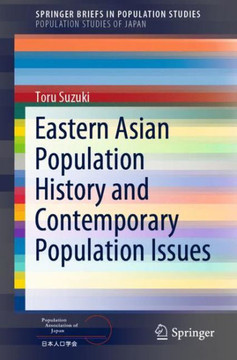
Central European University Press
A Contemporary History of Exclusion : The Roma Issue in Hungary from 1945 to 2015
Product Code:
9789633861226
ISBN13:
9789633861226
Condition:
New
$89.82
This study presents the changing situation of the Roma in the 2nd half of the 20th century. The authors examine the effects of the policies of the Hungarian state towards minorities by analyzing legal regulations, policy documents, archival sources and sociological surveys. The book offers theoretical background to one of the most burning issues in east Europe. In the first phase (1945-61), the authors show the efforts of forced assimilation by the communist state. The second phase (1961-89) began with the party resolution denying nationality status to the Roma. The prevailing thought was that Gypsy culture was a culture of poverty that must be eliminated. Forced assimilation through labor activities continued. In the 1970s Roma intellectuals began an emancipatory movement, and its legacy can still be felt. Although the third phase (1989-2010) brought about some freedoms and rights for the Roma - with large sums spent on various Roma-related programs. Despite these efforts, the situation on the ground did not improve. Segregation and marginalization continues, and is rampant. ÿ
| Author: Bal zs Majt?nyi, Gy?rgy Majt?nyi |
| Publisher: Central European University Press |
| Publication Date: Feb 01, 2016 |
| Number of Pages: 251 pages |
| Language: English |
| Binding: Paperback |
| ISBN-10: 9633861225 |
| ISBN-13: 9789633861226 |

A Contemporary History of Exclusion : The Roma Issue in Hungary from 1945 to 2015
$89.82
This study presents the changing situation of the Roma in the 2nd half of the 20th century. The authors examine the effects of the policies of the Hungarian state towards minorities by analyzing legal regulations, policy documents, archival sources and sociological surveys. The book offers theoretical background to one of the most burning issues in east Europe. In the first phase (1945-61), the authors show the efforts of forced assimilation by the communist state. The second phase (1961-89) began with the party resolution denying nationality status to the Roma. The prevailing thought was that Gypsy culture was a culture of poverty that must be eliminated. Forced assimilation through labor activities continued. In the 1970s Roma intellectuals began an emancipatory movement, and its legacy can still be felt. Although the third phase (1989-2010) brought about some freedoms and rights for the Roma - with large sums spent on various Roma-related programs. Despite these efforts, the situation on the ground did not improve. Segregation and marginalization continues, and is rampant. ÿ
| Author: Bal zs Majt?nyi, Gy?rgy Majt?nyi |
| Publisher: Central European University Press |
| Publication Date: Feb 01, 2016 |
| Number of Pages: 251 pages |
| Language: English |
| Binding: Paperback |
| ISBN-10: 9633861225 |
| ISBN-13: 9789633861226 |





